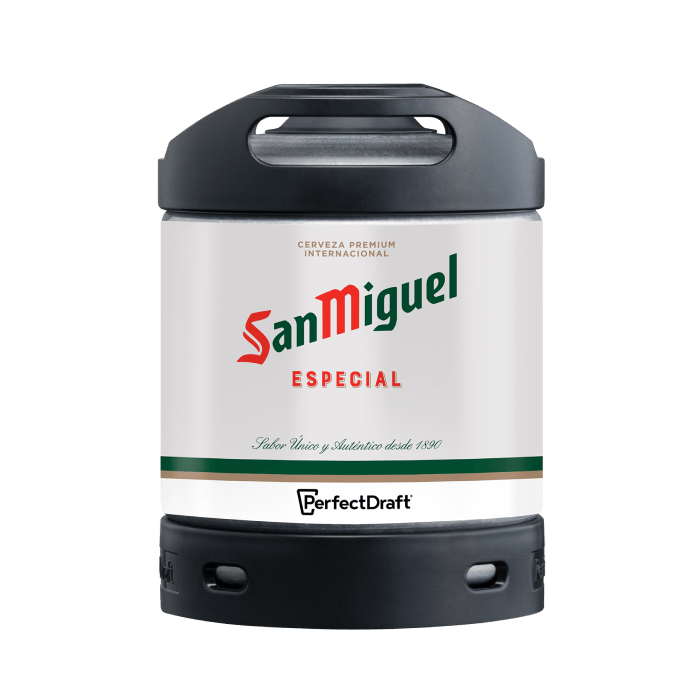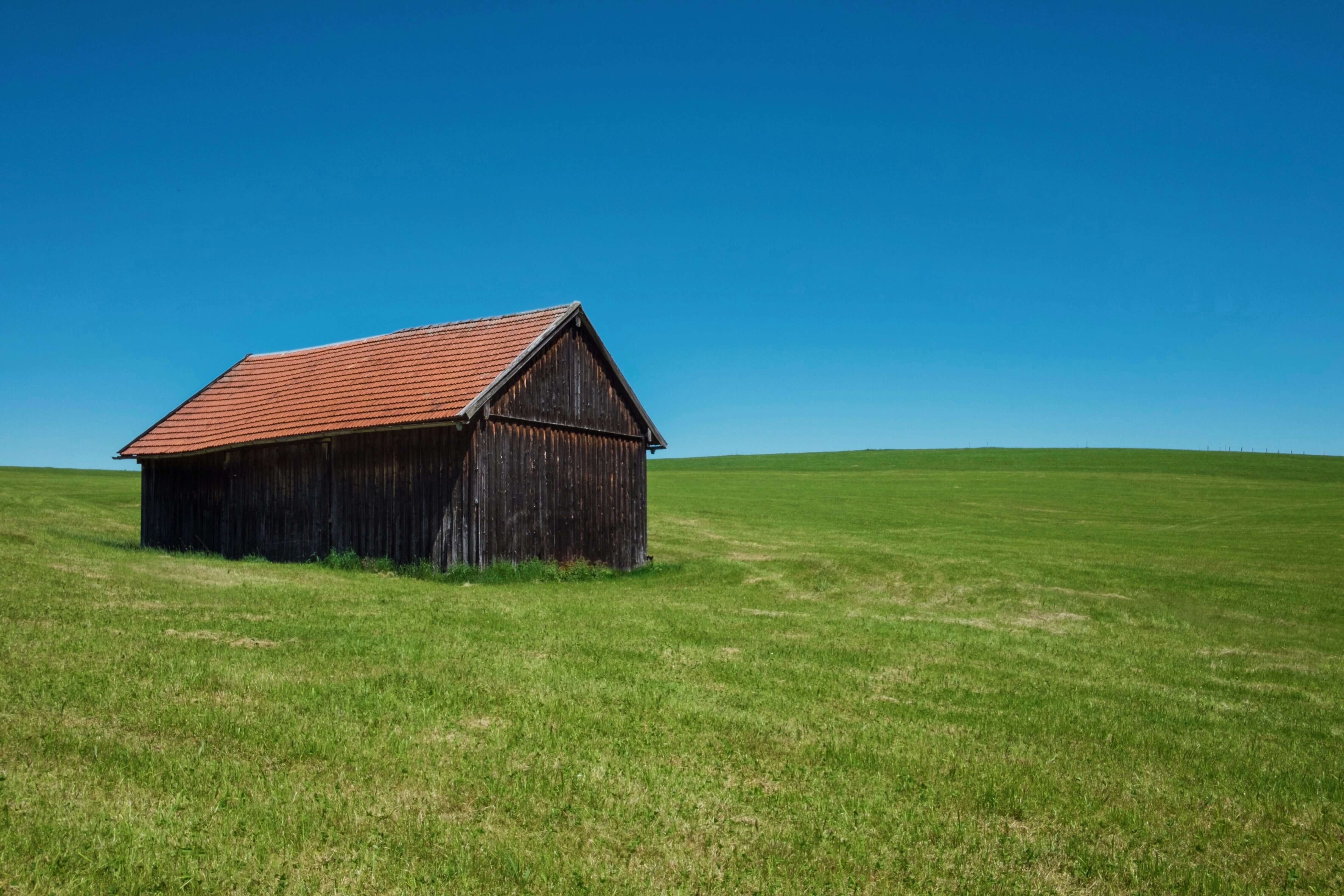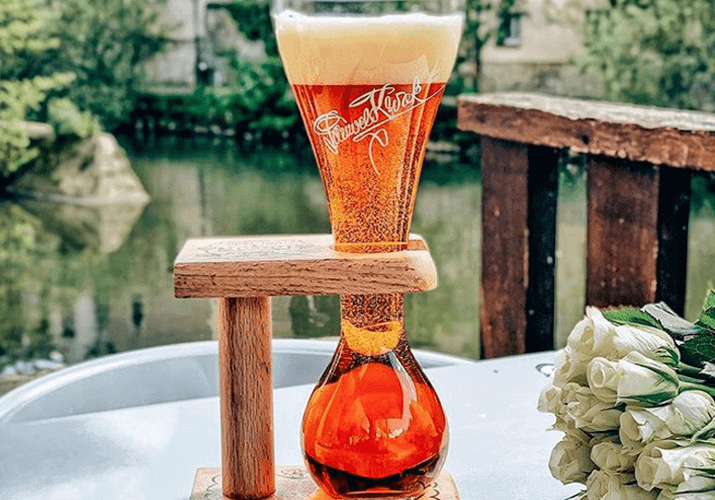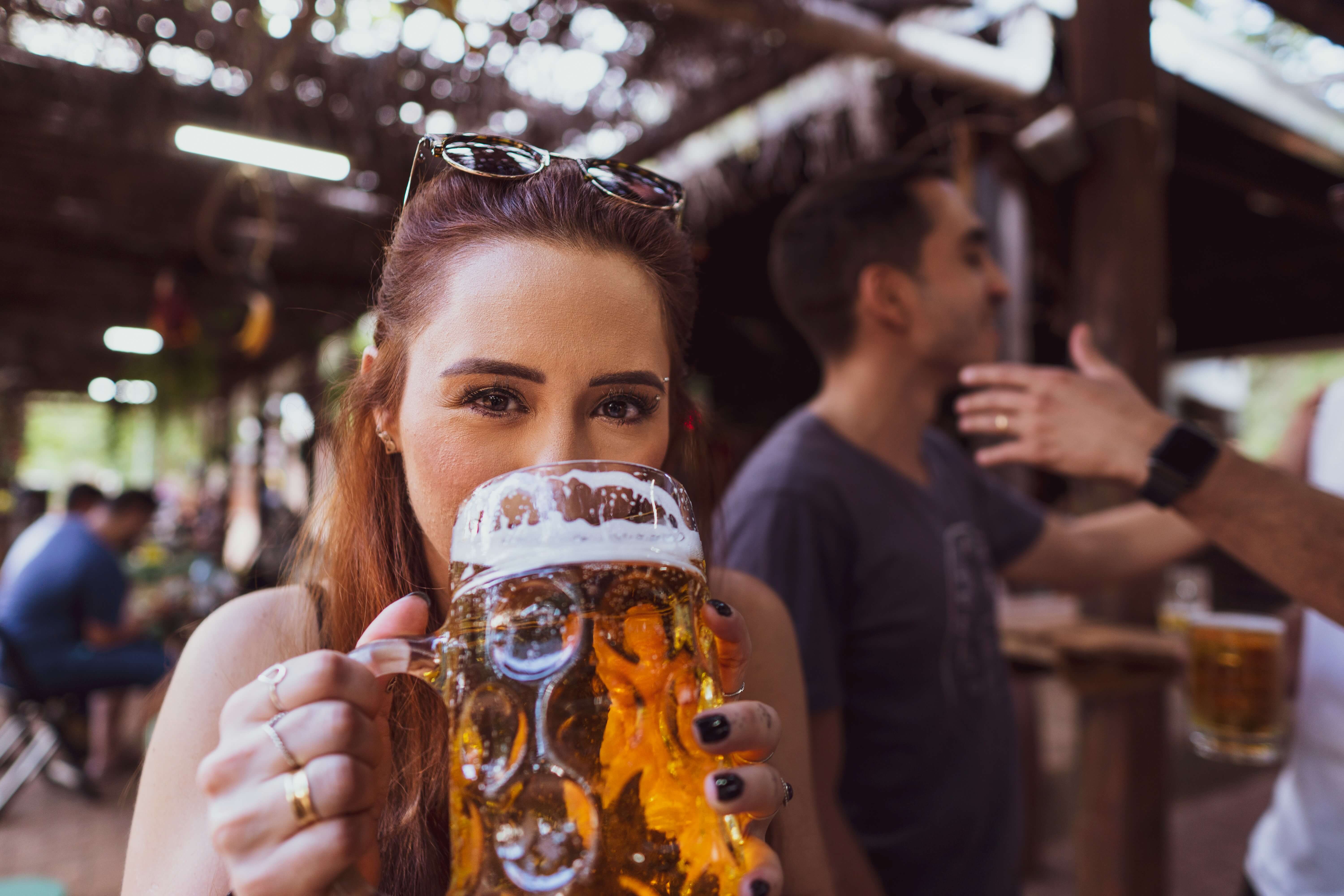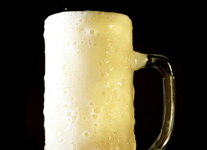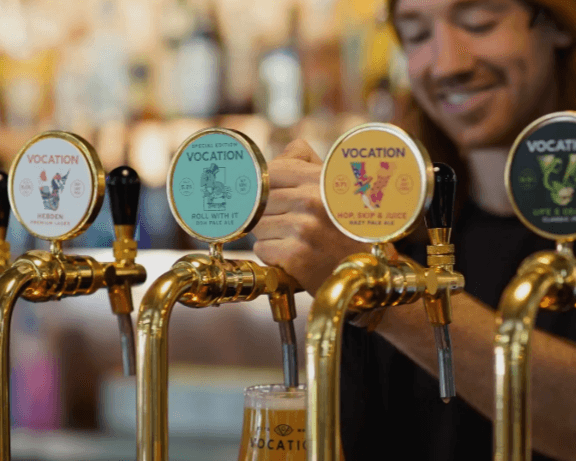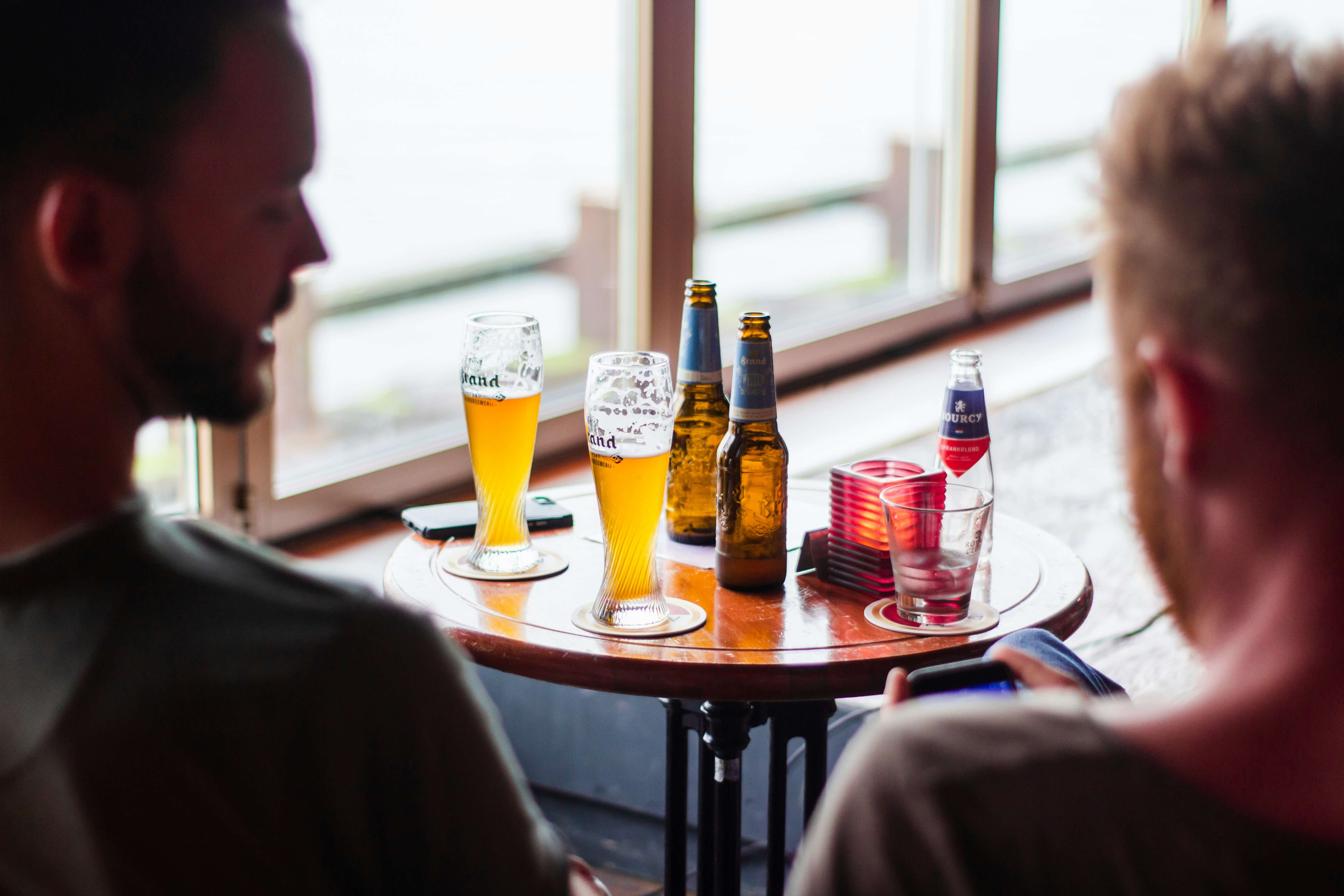
All beers are different, as they never use the same hops, malts, water, yeast, or the many other variables that make up the brewing process. The education of your taste buds should not be overlooked either, as they are essential in detecting any off-flavours. We're sharing this with you to help you identify and understand off-flavours so that you can achieve the perfect aromatic profile in your brews.
Off-flavours caused by biological factors

When enjoying a beer, you might occasionally detect a strange or undefined aftertaste. This article will help you understand where these off-flavours come from and how to avoid them if you’re brewing beer yourself.
Apple flavour
This aroma or taste comes from acetaldehyde (ethanal), a naturally occurring compound involved in the alcohol formation process. It may remind you of rosemary, mint, mustard, bitter orange, camphor, or fennel. Its presence is typically due to too much sugar added to the wort, fermentation at too high a temperature, or an insufficient fermentation time.
Alcoholic taste
A strong alcohol flavour in beer can result from:
- Excess yeast concentration.
- Primary fermentation above 27°C, which encourages yeast to produce more alcohol.
To avoid this, ensure a stable temperature aligned with your recipe and use the correct yeast inoculation rate at fermentation start.
Buttery or rancid flavour
Notes of butter, cheese, or even sweat can be caused by diacetyl, a compound released by yeast early in fermentation. Normally, this is reabsorbed by the end of primary fermentation. To prevent this:
- Maintain a pH of 5.0–5.2 early on and finish around 3.8–4.4.
- Allow a short temperature rise at the end of fermentation.
- Ensure sufficient oxygen at the beginning so the yeast can multiply effectively.
If diacetyl remains, use cold storage for 2–4 weeks, ideally post-bottling, to reduce oxidation.
Cooked vegetable taste
This is usually due to dimethyl sulfide (DMS), a compound that produces odours similar to cooked corn, cabbage, or beets. In beer, DMS often arises during the malting and boiling phases, especially in pale malts used for lagers. To limit DMS:
- Avoid covering your boiling kettle.
- Cool the wort quickly using a wort chiller.
Medicinal taste
If you’re using tap water, boil it first to eliminate chlorine. Chlorinated water can react with phenols from yeast to form chlorophenols, the compounds responsible for medicinal or plastic-like flavours. Alternatively, treat your water with potassium metabisulphite or use spring water.
Off-flavours caused by physical factors
Lightstruck flavour
Beer is sensitive to light, and clear bottles expose it to UV rays that can alter hop compounds, resulting in a skunky or sulphurous smell. Use dark bottles to protect your beer from light exposure.


Cardboard or musty taste
This usually results from oxidation. To prevent it:
- Avoid splashing the hot wort.
- Handle transfers carefully.
- Minimize air exposure post-fermentation.
- Leave minimal headspace in bottles.
Careful bottling and process control will help reduce oxidation risks.
Now you’re equipped to spot and address unusual flavours in your brews. With continued practice and attention to detail, you’re well on your way to becoming a brewing expert!
ALCOHOL ABUSE IS DANGEROUS TO YOUR HEALTH. DRINK IN MODERATION.
Read other articles : What is an alpha acid ? What does non-alcoholic beer taste like ?

